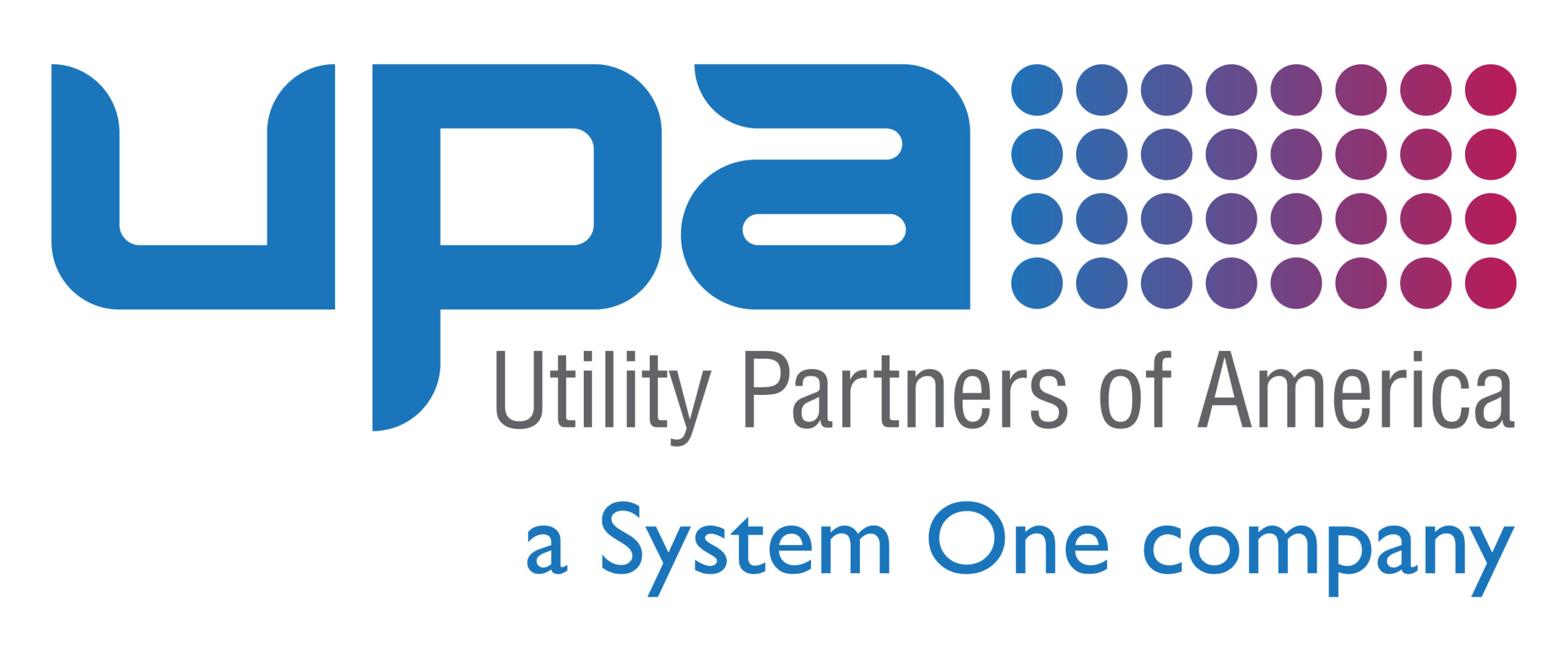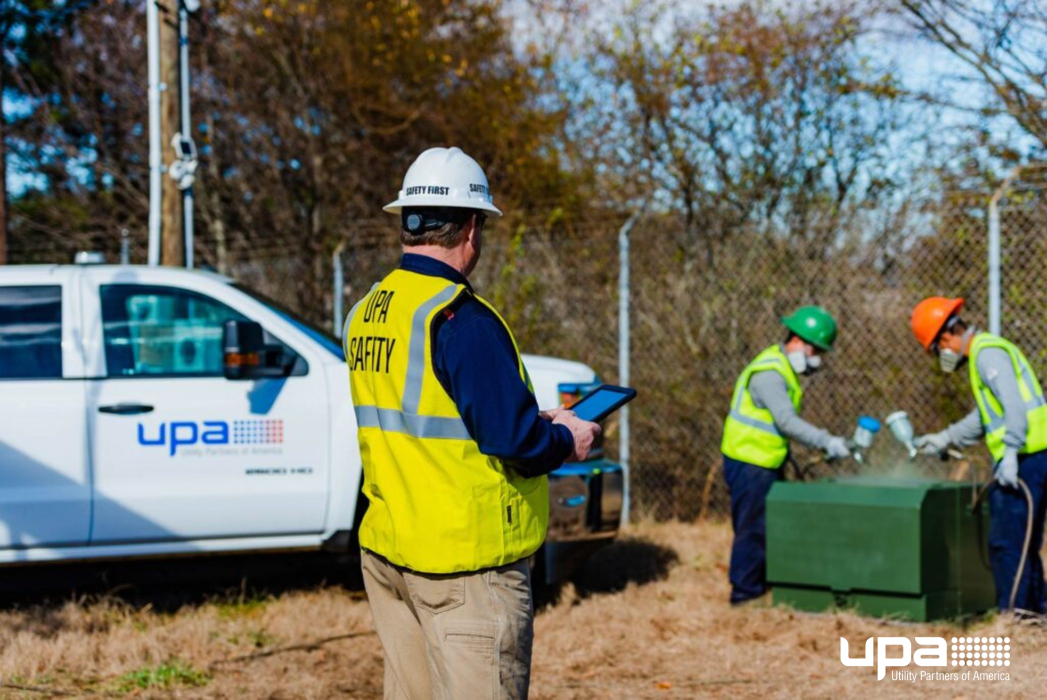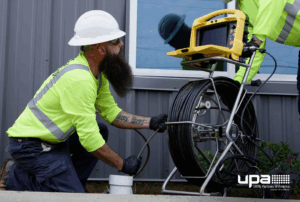June is National Safety Month, an annual observance aimed at increasing awareness of safety and health risks in the workplace and beyond. For those of us in the utility construction industry, this month is a timely reminder of the critical importance of maintaining a safety-first culture. Utility construction is inherently risky, as it involves heavy machinery, hazards of various types, and the constant need to work near energized equipment or buried utility lines. By focusing on safety, we can protect our teams, ensure the success of our projects, and uphold the highest standards of our industry.
The Importance of Safety in Utility Construction
Safety in utility construction cannot be overstated. The nature of the work exposes workers to numerous hazards, including electrical shocks, slips, trips and falls, encounters with animals and inclement weather, and equipment-related injuries. According to the Occupational Safety and Health Administration (OSHA), the construction industry is one of the most dangerous, with a significant proportion of workplace injuries occurring in this sector. Therefore, implementing robust safety measures is not just a regulatory requirement, it’s a moral imperative.
Key Areas of Focus During National Safety Month
Training and Education – Regular training sessions should be conducted to keep all workers updated on the latest safety protocols and procedures. Topics such as proper lifting techniques, equipment operation, and emergency response procedures are essential elements of a robust training program.
Personal Protective Equipment (PPE) – Ensure all workers are equipped with the necessary PPE, such as hard hats, face shields, gloves, safety glasses, and high-visibility clothing. Proper usage and maintenance of PPE can significantly reduce the risk of injury. Ensure that PPE is readily accessible to all employees and regularly inspected to ensure it is in good condition.
Hazard Identification and Mitigation – Perform thorough risk assessments before starting any project to identify potential dangers and plan mitigation strategies accordingly. Conduct regular site inspections to identify and address potential hazards. This includes checking for unstable surfaces, exposed electrical components, and other risks.
Emergency Preparedness – Regularly conduct emergency drills to ensure that all workers know how to respond in case of an accident or natural disaster. Provide first aid training for employees so they can assist in medical emergencies until professional help arrives.
Mental Health and Well-being – Construction work can be stressful, so it’s essential to provide resources for stress management and mental health support. Foster a culture where workers feel comfortable discussing safety concerns and mental health issues without fear of stigma or retaliation.
National Safety Month serves as a crucial reminder of the importance of safety in utility construction. Focusing on training, PPE, hazard mitigation, emergency preparedness, and mental health, can create a safer and more productive work environment. Let’s use this month to reinforce our commitment to safety. Not just as a regulatory requirement but as a core value that protects our most valuable asset—our people. Together, we can build a culture where safety is paramount, and every worker goes home safe and healthy every day.
To learn more about UPA and the value of safety in the workforce, visit https://utilitypartners.com/core-value-1-safety-first/




